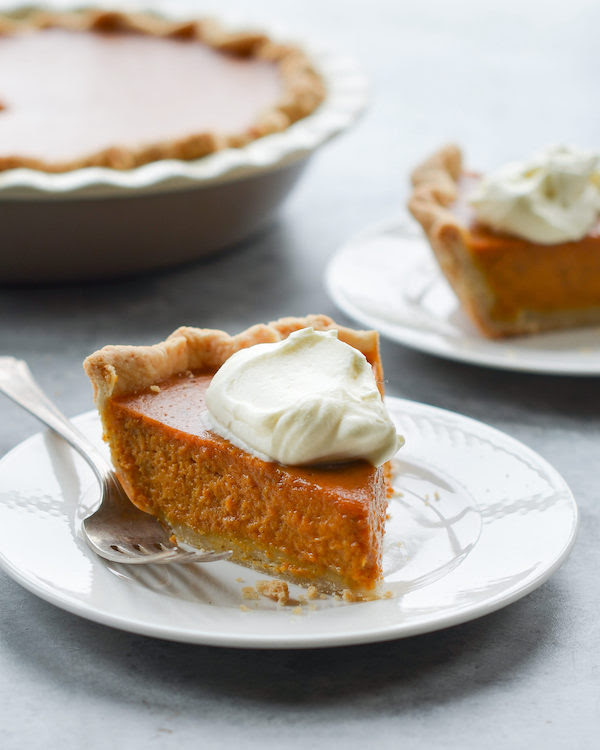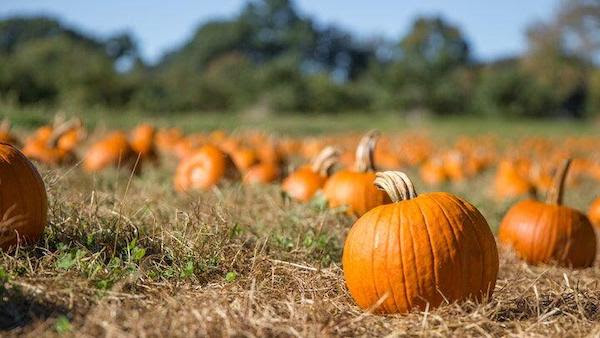One of the most quintessential Thanksgiving foods is arguably pumpkin pie. While it is extremely popular in the U.S. and Canada, you’d be hard-pressed to find someone in the rest of the world that has ever had it.
The ancient cultivar that became our modern-day pumpkin has been traced to Central America in a region that is believed to have seen the first domesticated crops in North America. Pumpkins and squash were some of the first ‘New World’ foods that explorers brought back to Europe, and within a few decades, they were being grown in England. The Brits called them “pumpions”, which was derived from the French word “pompon.” English cooks used them as an ingredient in both sweet and savory stuffed pastries. Meaning many of the first colonists to North America would likely have been somewhat familiar with the orange squash.
A year after arriving in the New World, the survivors of the Plymouth Colony were joined by a group of Wampanoag Indians, hosting what is regarded as the first Thanksgiving in 1621. It’s believed that pumpkin would have been on the table, but probably not in the form Americans are familiar with today. Plymouth settlers might have called their versions “pies”, but these were most likely a sweetened pumpkin stew, or a roasted pumpkin shell that had been filled with milk, honey and spices. Pies with crusts would not have been present in the colony at that time.
Pumpkin pie recipes began appearing in European cookbooks around the mid-1600s. One of the earliest known French recipes calls for boiling a pumpkin’s innards in milk and straining it into a pastry shell. English versions were generally leaned savory with spice like thyme and rosemary added. Most British recipes also included apples.
It was not until 1796 that a truly American cookbook, American Cookery, by Amelia Simmons, was published. It was the first American cookbook written and published in America, and the first cookbook that developed recipes for foods native to America. Her pumpkin puddings were baked in a crust and similar to present-day pumpkin pies.
Believe it or not, pumpkin pie was embroiled in America’s political divide during the Civil War as it was injected into the country’s debate over slavery. It was found in the novels and poems of many staunch abolitionists, many of which came from New England where pumpkin pie was deeply loved. In 1842, abolitionist Lydia Maria Child wrote her famous poem about a New England Thanksgiving that began, “Over the river, and through the wood” and ended with a shout, “Hurra for the pumpkin pie!”
Not surprisingly, when President Abraham Lincoln made Thanksgiving an official national holiday, the South saw it as a move to press “Yankee values” on them. Nonetheless, it remained a popular dessert. Pumpkin pie really cemented itself as an American Thanksgiving tradition in the 1920s when Libby’s meat-canning company introduced canned pumpkin, eliminating the long prep time needed to turn a fresh pumpkin into a suitable pie filling. To this day, those cans of pumpkin are as synonymous with Thanksgiving as the pie itself!
Don’t forget pumpkins are in shorter supply this year with some production areas battling more extreme weather and invasive fungus. We have also heard transportation and cardboard box shortages have also created some pumpkin problems. If you are looking for a great pumpkin pie recipe Click HERE (Sources: What’s Cooking America, History.com)







